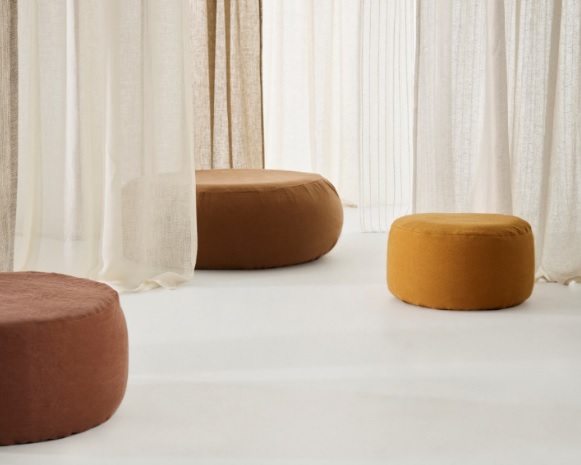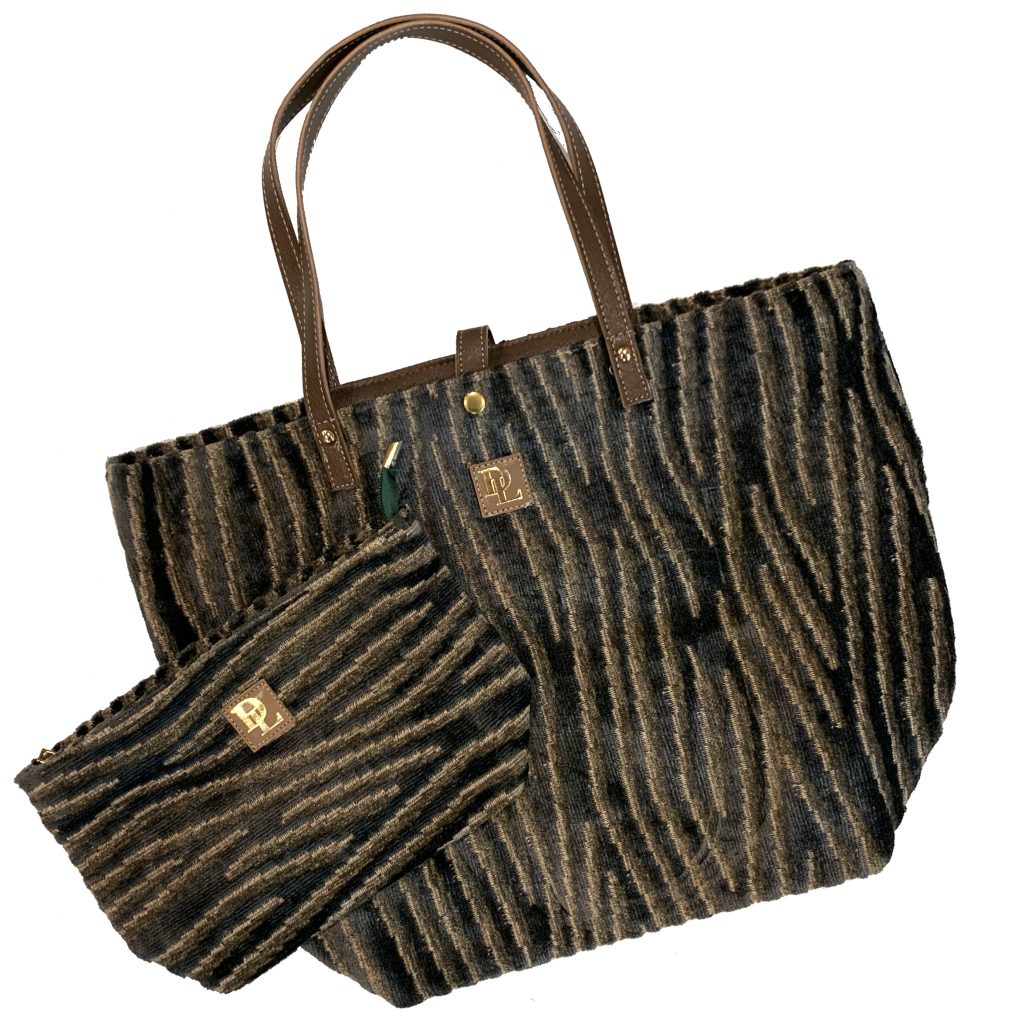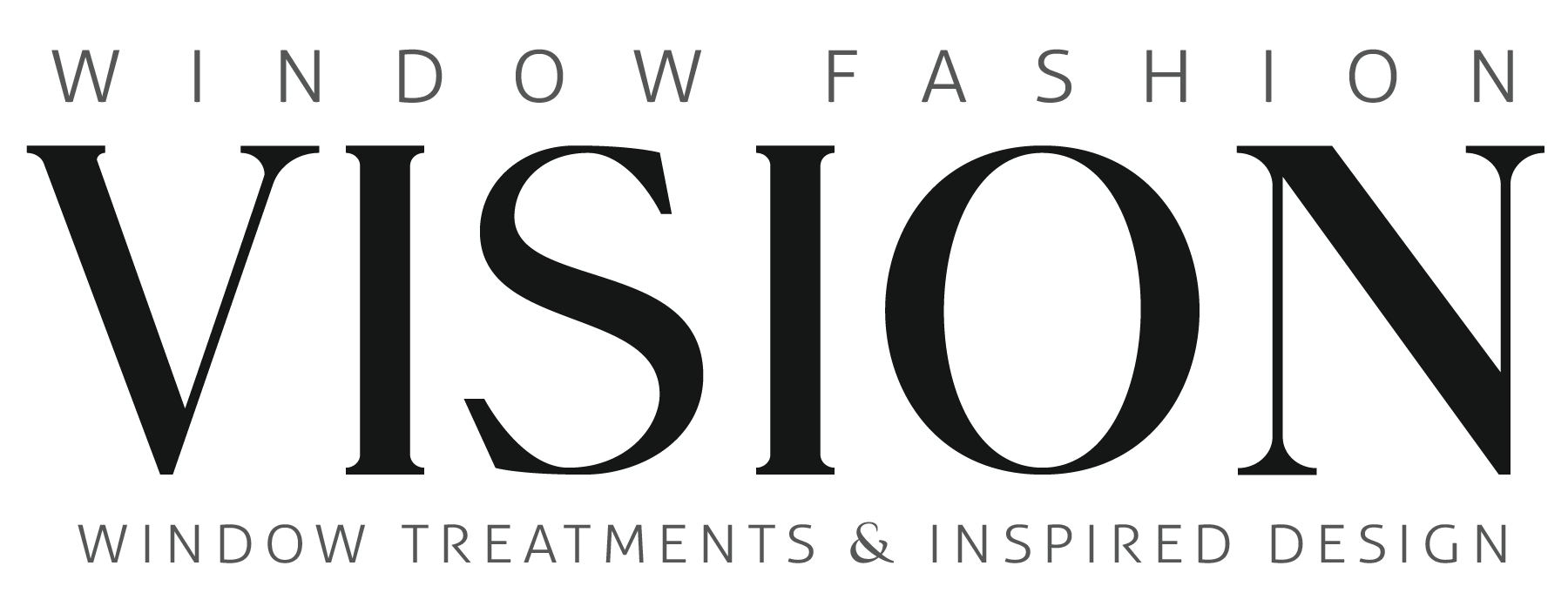Fabric is a foundational part of all draperies, soft shades and other home goods. What textiles are consumers clamoring for right now? And what can workrooms and designers expect from the fabrics of the future? We asked a group of experts for their thoughts.

Photo courtesy of Libeco
Textiles for healthy homes
People were already thinking about how to make their homes healthier before COVID-19-and the pandemic is likely to accelerate that trend. One of the biggest things Kelly DiFoggio, director of sales and merchandising for the fabrics division at Stein Fibers in Albany, NY and president of the International Textile Alliance (ITA), expects to see over the coming months is rising demand for washable fabrics. “You’ll probably see a surge in natural fibers and slipcovers,” she predicts. “People are wanting to take that fabric off their sofa, throw it in the washing machine, wash it and then put it back on.”
Demand for antimicrobial and antibacterial fabric is also increasing. One example of this is the West Elm, Designtex and performance fabric manufacturer Crypton have a new partnership where four of Crypton’s easy-to-disinfect fabrics will be incorporated into a new furniture line. Mattress company Tempur Sealy plans to add an antimicrobial and antiviral agent to some of its products in 2021.
Antimicrobial fabrics can be made by dipping the fabric in a special solution during manufacturing, applying a topical treatment to finished fabric or incorporating it into the fabric itself. “People are turning silver into a thread and weaving it into textiles because it has antimicrobial and anti-mildew properties to it,” says DiFoggio.
Natural fibers and dyes
In line with many other trends-health, sustainability, interest in natural and organic-looking home products-natural fibers are becoming much more popular for the home. Consumers are also realizing that there are some practical benefits to natural textiles for things like bedding. Wool is naturally flame resistant, which means there is no need for added chemicals. Linen has anti-pest and antimicrobial properties built into the fibers.
“Flax promotes health sleep,” says Kathryn Richardson, vice president of sales for Belgian linen manufacturer Libeco. “Studies have shown that people sleep 20 percent better because linen helps with thermal regulating.”
A major consumer-driven trends DiFoggio sees is chemical-free fabrics. “Instead of doing chemical dyes, companies are doing more vegetable dyes. You’re going see a lot more of those fabrics,” she says.
Outdoor comes indoors
Speaking of performance fabric, this wildly popular category will only continue to grow. According to Zion Market Research, sales of performance fabrics are expected to grow around 3 percent every year, giving the grouping a value of $93 million by 2025.
Part of this growth is fueled by the fact that performance fabrics aren’t just for the outdoors anymore. “In the past, outdoor fabric has been hard and stiff and didn’t have the same upper-end look as the indoor residential,” says DiFoggio. “Now the outdoor is just as sophisticated as the indoor. Anything that you can do outdoors you can do indoors.”
More sustainable products
Textiles are a resource-heavy industry. It takes a tremendous amount of water and energy to produce them. There aren’t many good ways to recycle fabric. Many in the industry are actively looking for ways to be more sustainable.
Libeco became carbon neutral in 2018 and is looking to further invest in green technology. According to Richardson, the company is looking for ways to minimize energy consumption and utilizes only wind and solar power-something that’s provided it with huge cost savings. Expect to see more firms following in their footsteps as it becomes more economically viable and more in line with customer values.
Demand for recycled textiles is on the rise, DiFoggio says, and companies are responding. “It’s harder to recycle fabric when you have blends, unless you know exactly what the components are, but if you’re using a very pure product or very simple blends, it’s very simple to recycle that product into its raw yard state again,” says Richardson. “Our remnants and offcuts we can upcycle for sure, or other industries can use the fibers. They can go into insulation and cardboard and paper manufacturing.”
Textile makers are looking into ways they can upcycle unwanted products. “The Gifted Company takes all of the leftover scraps from several ITA members and makes aprons and tote bags,” says DiFoggio. The program also provides job training for disadvantaged people. “Upcycled for Hope takes the leftovers and makes and sells these beautiful cosmetic bags and tote bags.” Proceeds from their sales support cystic fibrosis research.

Bags from Upcycled for Hope
More manufacturers like Coyuchi are engaging in circular economy initiatives to ensure their products can be reused or recycled when customers are finished with them. Companies like Milliken are making polyester and other synthetic fabrics from recycled plastic water bottles. Expect to see new innovations in this area in the coming years, as there is research into topics such as fiber recycling and waterless dying happening right now.
Unusual materials
One potential way to make textiles less wasteful is to use renewable resources or waste materials from other industries. Richardson is familiar with fabrics made from water lilies, banana peels, algae, fungi and soy protein. Italian manufacturer Vagea is manufacturing a vegan leather from grape must (the collection of seeds and skin left at the end of the winemaking process). Multiple companies turn milk byproducts into silky fabrics. The consulting firm Material Connexion maintains a database of innovative textiles and other materials designers can use for projects.
Infused fabrics
A different type of “performance” fabric is textiles infused with a beneficial oil and other material. Libeco can put aloe into linens and cottons destined for bedding. “Infusing sheets with aloe provides softening properties and skin-enhancing technology as you sleep,” says Richardson. “It adds softness to the textile, but it’s more about the benefits for human skin.”
Devan, a Belgian company that develops finishing chemicals for textiles, can add microcapsules filled with beneficial oils to fabrics. Its aromatherapy product can be filled with oils that smell good and can help promote sleep. Scents can even be customized to different regions. Devan’s Purissimo technology contains microcapsules filled with probiotics that help control allergies to dust or pet dander. The capsules break when friction is applied, but a dog or cat rubbing against the fiber may be enough to release the oils, says CEO Sven Ghyselinck.
Richardson cautions buyers to ask questions about the washability of infused fabrics, as well as how long and for how many washes the infusion will last. Results may vary based on the technology used to do the infusion.
Cannabis in your curtains?
Probably not, but they have crept into other home products. ZBD bills itself as the world’s first CBD-infused mattress. The mattress’s cover contains microcapsules filled with CBD oil that break open with friction, like that from a person lying down or moving in their bed. In addition to anti-inflammatory properties, CBD has been shown in multiple studies to help people sleep better, said CEO Joe Iuliano. The use of CBD products has grown at a fast rate over the years, with many businesses jumping on the wagon by looking into how they can put products such as wholesale softgels into their inventory so they can supply their customers with the ‘relief’ they are looking for.
With companies like Blessed CBD selling cannabis oil and supplements in countries that have legalized its usage, it tends to be more convenient for house owners to invest in these products in their mattresses. Getting a mattress infused with CBD oil is a win-win situation because the substance has the ability to make us sleep. The oils must be absorbed through the skin or ingestion to be effective, which is why it’s more likely to succeed in bedding than draperies.
The more likely hemp product to make its way into curtains is the fiber. Hemp has moved beyond the nubby, neutral-color fiber people may picture and can also be used to make products with the texture of silk, canvas, fleece, denim and stretch fabric. In any form, it’s ideal for customers leaning into the natural fiber wave. Get an idea of the best CBD oil UK or whichever country you might reside in to get a comprehensive idea of what might be best for you.


